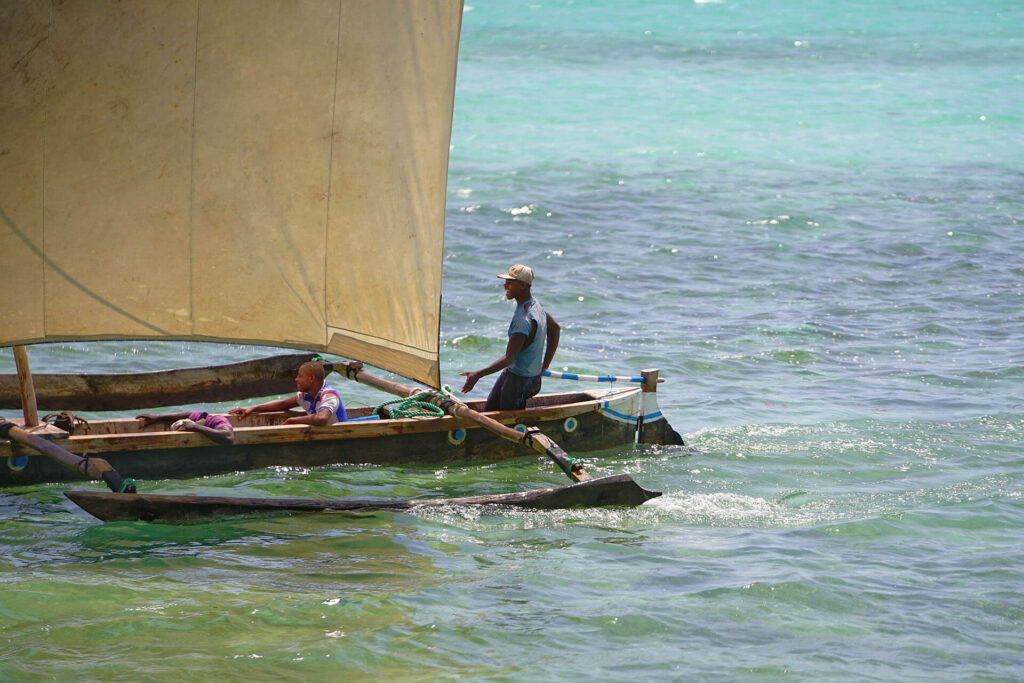Maritime News | WIOMSA
Cities are significant features of the coastal landscape and often have significant environmental impacts which affect local populations reliant on coastal resources.
Cities are also typically associated with increased and rapid urbanisation, with resultant additional pressures on ecosystem services. Coastal cities are considered as dynamic complex systems which need energy, water, food, and other resources to work and generate diverse activities, with the aim of offering a better socio-economic climate and quality of life.
These settlements are often located on land exposed to hazards with inadequate provision of water, sanitation, drainage among others; these problems are exacerbated during flooding, droughts, and other natural disasters. Climatic extremes are pushing coastal urban areas into the frontier of climate impact with an urgent need for clear adaptation pathways.
Coastal cities are more than a collection of people and buildings and form complex systems of habitation, infrastructure, public services, and the associated marine environment.
This complex interaction creates a new set of challenges especially in the coastal areas, due to the interface with the marine environment. WIOMSA, with funding from the Government of Sweden, is, therefore, implementing a four-year Cities and Coasts (C&C) Project (2018-2021), whose main objectives are to:
- Improve scientific knowledge and to stimulate research directed at underpinning effective and efficient responses by coastal cities to current and foreseeable challenges they face. Support will be given only to high quality, demand-driven, and policy-relevant action research;
- Support and facilitate capacity building in City planning with a focus on coastal cities and the transfer of knowledge and expertise to harness the potential of these cities;
- The mobilising of planners to collaborate with stakeholders in coastal cities such as local authorities, marine scientists, policymakers from central government, the private sector, civil society and citizens. In the co-production of the knowledge and production of decision-support tools, needed to support the transformation of coastal cities towards sustainability;
- Encourage partnerships among stakeholders from the academic, practitioner, private sector, civil society, and policy-making communities in enhancing coastal cities and facilitating the blue economy.
The Cities & Coasts Project is implemented within its new WIOMSA framework of contributing towards achieving its overall goal, i.e. by 2022, establish and operationalize a regional science to policy platform that generates and builds capacity, mobilizes resources and shares and facilitates scientific and policy-relevant knowledge to assist the Western Indian Ocean region deliver on the 2030 Agenda for oceans, islands, coasts, and climate change.
Areas of the cities and coasts programme involve focusing on land-based pollution, mainly marine litter in coastal cities, coastal sustainable design, enhancement of the blue economy and managing the impacts of sea level rise. The Cities and coasts programme will contribute towards achieving SDG 14 (target 14.1), Goal 6 (target 6.3) and Goal 11 (target 11.6). It will also add to Goal 13, which targets the impacts of climate change, and Goal 17, related to international partnerships at local, regional, and global levels.
At the regional level, the Cities & Coasts Project aims at contributing to the implementation of the SAP for the Protection of the Coastal and Marine Environment of the Western Indian Ocean from Land-based Sources and Activities. The programme working closely with the Nairobi Convention Secretariat and the GEF/UNEP funded project “Implementation of the Strategic Action Programme for the protection of the Western Indian Ocean from land-based sources and activities (WIO-SAP)”.

Source : WIOMSA


Comments are closed.